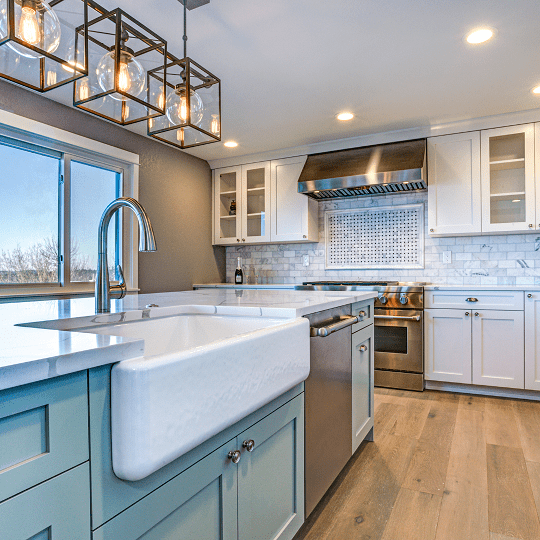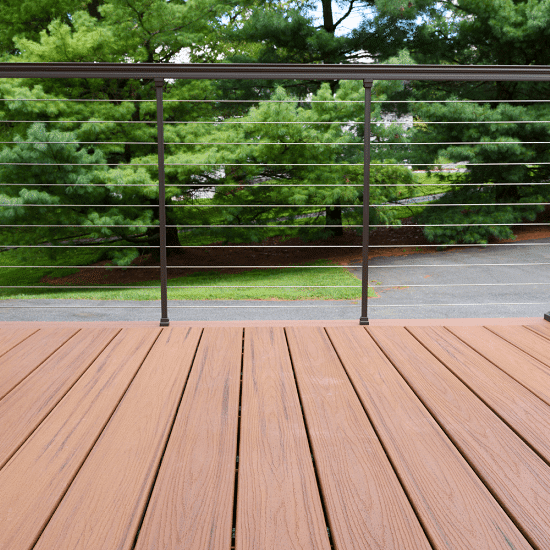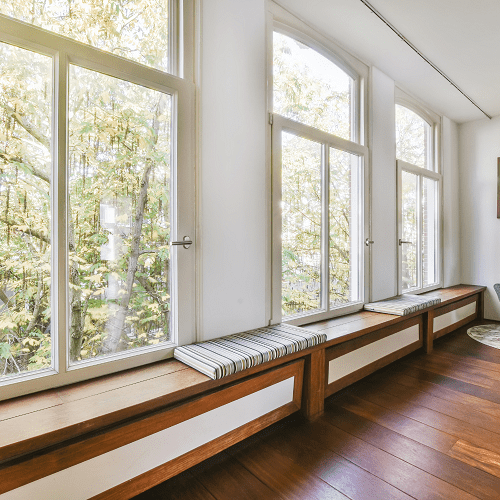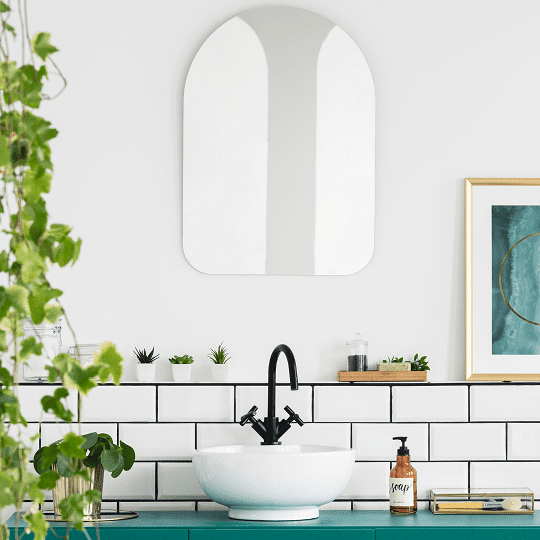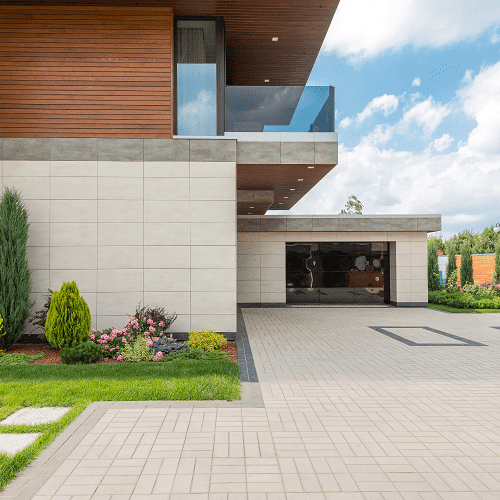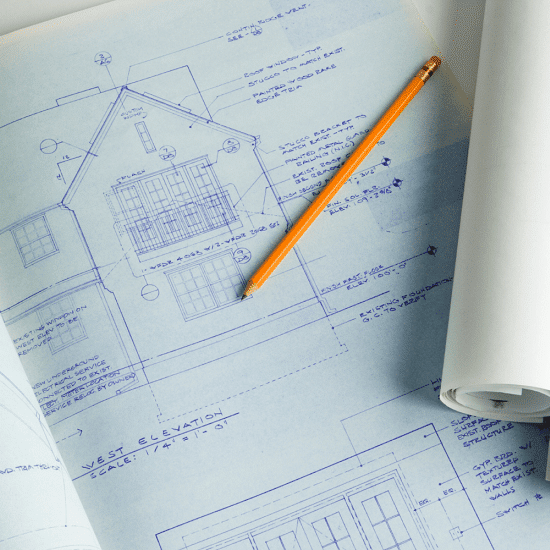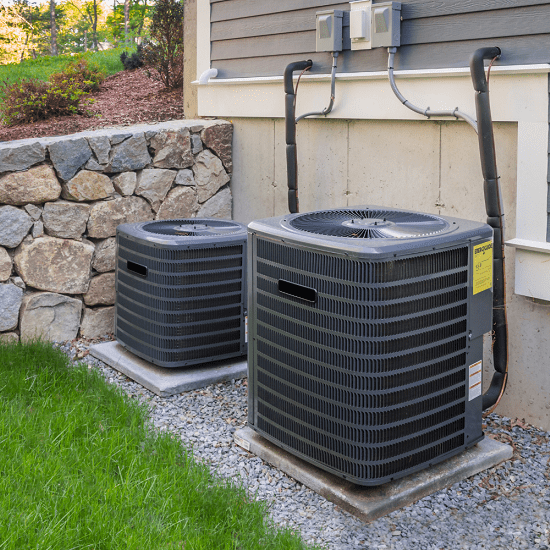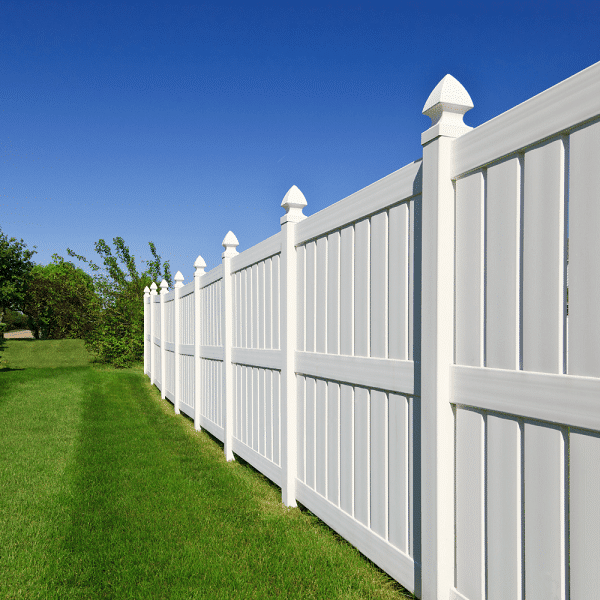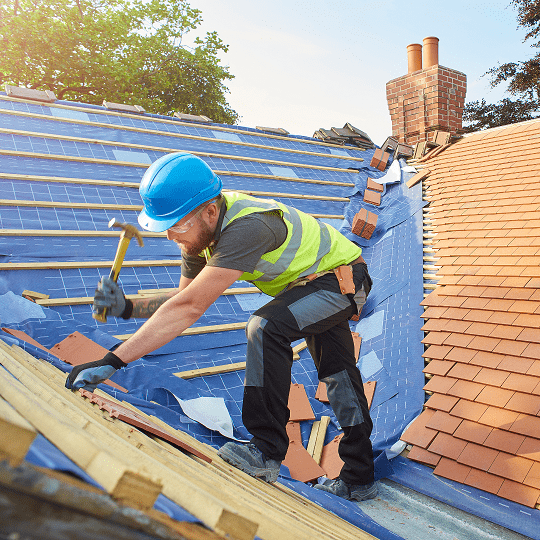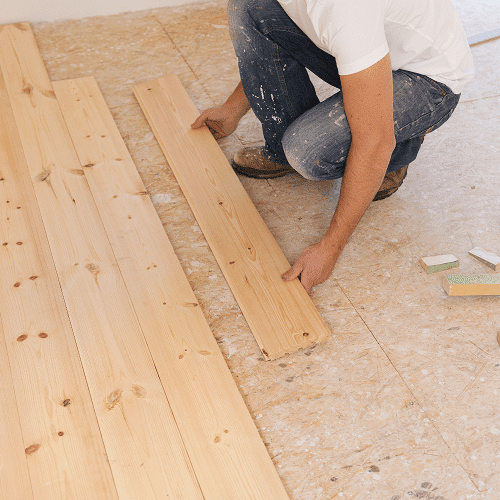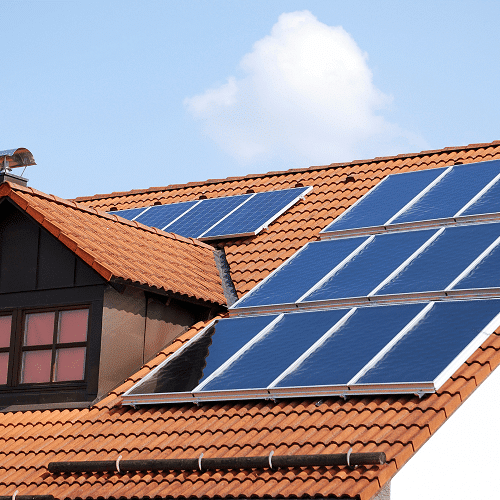Flooring Financing for Good & Bad Credit
Get pre-qualified for a flooring loan in just minutes. Checking rates won’t affect your credit score






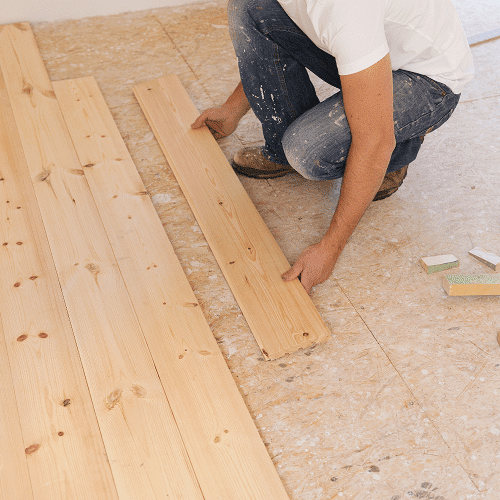
Best Flooring Loan Options
Your home’s flooring is a major part of its overall value and appearance. If you have old shabby carpets, warped hardwood floors, or broken tiles, it can bring down your mood whenever you see it and will detract from the value of your home when it comes to time sell. Even if you simply don’t like your current flooring, getting new flooring will improve your pleasure in your home (and likely improve the value).
If you’ve started to research your new flooring, you’ll know it doesn’t come cheap! That means you either need to save up and do one room at a time or look for flooring financing.
Applying for a flooring loan is fast and easy:
How Pasha Funding Works

Compare personal loan rates
Compare personal loan rates in April, 2025
Can you finance new flooring in your home?
Financing new flooring for your home is indeed possible. There are various options available to help you cover the cost of this exciting renovation. You can consider personal loans, where you borrow a specific amount from a bank or online lender. Home equity loans or lines of credit (HELOCs) are another option if you have equity in your home. These loans use your home as collateral, usually offering lower interest rates. Some flooring retailers and home improvement stores also provide financing options tailored to their products, often with promotional rates or deferred payment plans. Finally, you can explore using your credit cards to finance the project, though it's important to consider the interest rates and repayment terms. So, fear not, as there are several paths to finance your new flooring and bring your home improvement dreams to life!
What are the different types of flooring?
- Hardwood - This is the most expensive option but one of the most long-lasting and valuable. If anything happens to it, you can simply replace a board or sand and refinish it. Provided it is looked after, it will last for decades. (Average cost: $5 - $10 per square foot.)
- Engineered Wood - This looks like real wood but is more affordable. It is a thin layer of hardwood bonded onto high-quality plywood. It is durable but you may not be able to refinish it in the same way as real hardwood. (Average cost: $4 - $9 per square foot.)
- Laminate - This is an affordable choice and is generally very DIY-friendly. There are endless options for laminate, laminate floors don’t scratch easily, and they’re easy to clean. Replacing a chipped board (which can happen relatively easily compared to the first two options) is usually a pain in the you-know-what. (Average cost: $3 to $7 per square foot.)
- Vinyl - Vinyl is practically waterproof when put together properly, so a practical option for families with young kids, pets, or a love for home aquariums. Vinyl often looks as good as laminate nowadays, provided you buy planks and not a sheet, if you want a natural wood look, though this can be a good choice for small bathrooms, playrooms and the like. (Sheet vinyl costs about $1.50 per square foot, and planks cost about $6 per square foot.)
- Tile - A popular choice in hot states throughout the first floor, tile is practical, does not hold heat, and is easy to clean. It’s also a great choice for kitchens and bathrooms in northern states, especially if you go the extra mile and get under-floor heating. A tile can smash if you drop something heavy enough on it (or if it was installed badly) but a skilled tiler will be able to replace it with another tile you stored from installation or with a similar match. (Average cost: $2.50 - $10 per square foot.)
- Stone - this is a relatively unusual choice for inside but is a common choice for inside-outside spaces. It has the same pros and cons of tile. (Average cost: $5 - $10 per square foot.)
- Linoleum - this is a good eco-friendly option that’s easy to lay since it comes in a sheet. You can find it in almost any style or pattern and is durable and long-lasting. It won’t offer a premium finish like some of the other options we’ve talked about, though that will depend on the quality of the product you’re looking at. (Average cost: $4 to $8 per square foot.)
- Carpet - if you’re looking for something soft you can sink your toes into, carpet is a must. It feels great and holds onto a little warmth, so isn’t the best choice for very hot areas (though your air conditioning can counter that). If you have very young children, plan to have kids soon, live an outdoor lifestyle, or have dogs, carpet can be more trouble than it’s worth because it’s difficult to keep clean and can get stained. It also often worsens allergies. (Average cost: $2.50 to $10 per square foot.)
Is new flooring a good investment?
Investing in new flooring for your home can be a wise decision, offering both aesthetic and practical benefits. By utilizing a personal loan to finance your new flooring, you can further enhance the advantages. Here's how:
- Increased Home Value: Upgrading your flooring can significantly boost the value of your home. High-quality, modern flooring materials can attract potential buyers and potentially lead to a higher selling price. With a personal loan, you can make this investment without depleting your savings, maximizing your return on investment in the long run.
- Enhanced Aesthetics: New flooring has the power to transform the look and feel of your living spaces. Whether you choose hardwood, tile, carpet, or laminate, updated flooring can breathe new life into your home's interior, creating a fresh and appealing ambiance. A personal loan allows you to finance the project upfront, enabling you to enjoy the visual and emotional benefits right away.
- Improved Functionality: Aside from aesthetics, new flooring can improve the functionality of your home. For example, replacing worn-out carpet with durable hardwood or stain-resistant tile can make cleaning easier and minimize allergens. With a personal loan, you can access the funds needed to select flooring materials that align with your lifestyle and functional requirements.
- Long-Term Durability: Investing in quality flooring can offer long-term durability and cost savings. While the initial expense may be higher, premium materials are often more resistant to wear and tear, reducing the need for frequent replacements or repairs. By using a personal loan, you can afford to invest in durable flooring options that will withstand the test of time.
- Personal Comfort: New flooring can greatly enhance your personal comfort and enjoyment of your home. Softer carpeting or heated tile floors can provide warmth and coziness, while hard flooring options may offer easier maintenance and a sleek appearance. By utilizing a personal loan, you can select the flooring that best suits your preferences and lifestyle, creating a comfortable environment for you and your family.
What is the cheapest way to put new flooring in a home?
When it comes to finding the cheapest way to put new flooring in a home, several options can help you achieve your goal without breaking the bank. Here are some cost-effective flooring options to consider:
- Laminate Flooring: Laminate flooring is an affordable alternative that mimics the look of hardwood or tile at a fraction of the cost. It is durable, easy to install, and requires minimal maintenance. Laminate flooring comes in a variety of styles and designs, allowing you to achieve the desired aesthetic without straining your budget.
- Vinyl Flooring: Vinyl flooring is another cost-effective option that offers versatility and durability. It comes in various styles, including vinyl sheets, tiles, or planks, allowing you to choose the one that suits your preferences. Vinyl flooring is resistant to moisture, easy to clean, and often more budget-friendly compared to other flooring materials.
- Engineered Wood Flooring: If you prefer the look of hardwood but want a more affordable option, engineered wood flooring can be a good choice. It consists of a top layer of real wood bonded to layers of plywood or fiberboard, providing a similar appearance to hardwood at a lower cost. Engineered wood is also more resistant to moisture and temperature fluctuations than solid hardwood, making it suitable for various areas of the home.
- Carpet Tiles: For a budget-friendly flooring solution, carpet tiles offer flexibility and affordability. They are easy to install and replace, allowing you to cover specific areas or create unique patterns. Carpet tiles come in a range of styles, colors, and textures, providing options to match your desired aesthetic without overspending.
- Refinishing Existing Flooring: If you have hardwood floors hidden under old carpeting or other coverings, refinishing them can be a cost-effective way to revitalize your home's flooring. Refinishing involves sanding down the existing surface and applying a new finish, giving your floors a fresh and updated look.
- Bargain or Discounted Options: Keep an eye out for sales, discounts, or clearance events at flooring stores. They often offer discounted prices on discontinued or overstocked flooring materials, allowing you to find quality options at reduced prices.
What is the best way to finance new flooring?
- Savings: if you’re looking at budget-friendly options for a small room, you may be able to buy and install your flooring yourself without needing to rely on borrowing.
- Personal Loan: this is the most popular option for most. You borrow a lump sum from a lender which they deposit into your bank account for you to use as you please. You then pay it back, plus interest, over a term of 2-5 years (though other terms are available).
- Credit Cards: If you have a good credit score, consider getting a 0% APR credit card to cover the cost. This will allow you to borrow and pay off the loan before interest is applied.
- HELOC: A Home Equity Line of Credit is where you receive a maximum credit limit (like with a credit card) and you can use that money as and when you please. A HELOC is secured with your home’s equity, so you get higher limits and lower interest rates, but it comes at a cost: your home is at risk if you default.
- Home Equity Loan: A home equity loan is essentially a second mortgage, where you take out a loan based on the equity you own in your home. This is a good way to release equity for home improvements. Like a mortgage, your home is at risk if you miss repayments.
- Cash-Out Refinance: This is another term for mortgage-refinancing, but you increase your mortgage so you have money to use for your home renovations.
- In-House Financing: If you buy your flooring through a contractor or hardware store, they may offer in-house financing through a partner lender. This can be a good option if there’s a promotion (such as a 0% APR promotional period), but make sure you compare their offer with what you can get elsewhere.
What are the pros and cons of flooring loans?
PROS
- Access to Funds: Flooring loans provide you with the necessary funds upfront to cover the cost of new flooring. This allows you to complete the project without depleting your savings or disrupting your cash flow.
- Flexible Repayment Options: Many flooring loans offer flexible repayment options, allowing you to choose a loan term and monthly payment amount that aligns with your financial situation. This flexibility can make it easier to manage the loan and fit it into your budget.
- Quick Approval and Disbursement: Depending on the lender, flooring loans can have a relatively quick approval process, allowing you to access the funds promptly. This can be beneficial if you have a time-sensitive flooring project or need to take advantage of a sale or promotion.
- Potential for Low-Interest Rates: If you have good credit, you may qualify for a flooring loan with a competitive interest rate. This can make the loan more affordable and result in lower overall costs.
CONS
- Debt Accumulation: Taking on a flooring loan means adding debt to your financial obligations. It's important to consider your overall debt load and ensure that you can comfortably manage the loan payments without straining your budget.
- Interest and Fees: Flooring loans may come with interest charges and additional fees, such as origination fees or prepayment penalties. These costs can increase the total amount you repay over the loan term, so it's crucial to carefully review the terms and conditions before committing to a loan.
- Impact on Credit: Applying for a flooring loan requires a credit check, which can temporarily lower your credit score. Additionally, if you miss loan payments or default on the loan, it can have a negative impact on your credit history and score.
- Potential Overborrowing: When financing new flooring, there's a risk of overborrowing and taking on more debt than necessary. It's essential to create a realistic budget for your flooring project and borrow only what you need to avoid excessive debt.
- Availability and Qualification: Not everyone may qualify for a flooring loan, especially if you have poor credit or limited income. Additionally, the availability of favorable loan terms and interest rates may vary depending on your financial situation and the lender you choose.
Flooring Financing Calculator
Total Payment
-
Total Interest
-
Monthly Payment
-
Ready to apply for a personal loan?
Compare rates from top lenders with no impact on your credit, ever.
Quick links

Ready to apply for a flooring loan? Get started.
Need help finding the right loan?
No worries, we've got you covered! Compare personalized loan options in just minutes.
Can you get flooring financing with no credit check?
While it is possible to find flooring financing options that do not require a credit check, they are relatively rare. Most traditional lenders and financial institutions typically perform credit checks as part of their loan approval process. Credit checks help lenders assess the borrower's creditworthiness and determine the terms and conditions of the loan.
What credit score do you need to obtain a flooring loan?
The specific credit score required for flooring financing can vary depending on the lender and the type of financing you're seeking. Different lenders have their own credit score requirements, and they may consider other factors such as income, employment history, and existing debt.
In general, a higher credit score will increase your chances of qualifying for favorable financing terms, including lower interest rates and more flexible repayment options. A credit score in the range of 700 or above is generally considered good and may make it easier to secure financing at competitive rates.
Can you get flooring financing with bad credit?
Probably, but be wary of the interest rates - use our calculator to make sure you understand what your loan will cost you.
Yes, it is possible to obtain flooring financing with bad credit, although it may be more challenging compared to borrowers with good or excellent credit. Having bad credit can limit your options and may result in higher interest rates or stricter terms. However, there are still potential avenues to explore:
- In-House Financing: Some flooring retailers or home improvement stores offer in-house financing programs that may be more lenient with credit requirements. These programs may be designed specifically for individuals with less-than-perfect credit or limited credit history.
- Secured Financing: If you have valuable assets such as a vehicle or other property, you may be able to secure a loan using those assets as collateral. This reduces the risk for the lender and may make them more willing to extend financing despite your credit history.
- Cosigner or Guarantor: Having a cosigner or guarantor with a strong credit history can bolster your chances of obtaining flooring financing with bad credit. The lender will consider the cosigner's creditworthiness during the approval process, which may lead to more favorable terms.
- Specialized Bad Credit Lenders: Some lenders specialize in providing financing options for individuals with bad credit. These lenders may have higher interest rates or require additional fees, but they can offer a way to secure financing when traditional lenders may not be an option.
It's important to approach financing with bad credit cautiously and consider the potential impact on your overall financial situation. Before committing to any financing option, carefully review the terms, interest rates, and repayment terms. Make sure that the monthly payments are manageable within your budget to avoid further financial strain.
How to apply for a flooring personal loan
To apply for a flooring personal loan, follow these steps:
- Research Lenders: Explore different lenders and compare their loan offerings, interest rates, and repayment terms.
- Gather Required Information: Prepare the necessary documentation, which may include proof of income, identification, employment history, and details about the flooring project.
- Check Your Credit: Review your credit report and score to understand your creditworthiness and address any errors or areas for improvement.
- Submit an Application: Complete the lender's application form, providing accurate and detailed information.
- Await Approval: The lender will review your application, perform a credit check, and assess your eligibility. This process may take a few days to a couple of weeks.
- Review and Accept Terms: If approved, carefully review the loan terms, including interest rates, repayment schedule, and any associated fees.
- Provide Additional Information: The lender may request additional documentation or clarification during the approval process.
- Receive Funds: Once you've accepted the loan terms, the lender will disburse the funds to your designated account.
Remember to carefully read and understand the terms and conditions of the loan before accepting. It's important to borrow responsibly and ensure that the loan aligns with your budget and financial goals.
Compare personal loans from top lenders
Are you ready to find a personal loan for your needs? We've partnered with Credible to help you find your rate. Checking your score is free and won't impact your credit!
Need help finding the right loan?
No worries, we've got you covered! Compare personalized loan options in just minutes.
Find Your Best Rate
Compare Best Personal Loans
Personal Loan Payoff Calculator
Personal Loan Lender Reviews
Personal Loans By Credit
Personal Loans for Fair Credit
Personal Loans for Good Credit
Personal Loans for Excellent Credit
Personal Loan Types
Auto Repair Loans
Credit Card Consolidation Loans
Fast Personal Loans
Home Improvement Loans
Horse Barn Financing
Wedding Loans
Family Planning Loans
Funeral Financing
Land Purchase Financing
Manufactured Home Financing
Medical Loans
Cosmetic & Plastic Surgery Financing
Owner Builder Construction Loans
Personal Loans for House Down Payment
Personal Loans for Self Employed
Personal Loans for Furniture Expenses
Student Loans
Debt Consolidation Loans
Vacation & Travel Loans
Emergency Personal Loans
Personal Loans with Co-signers
Home Improvement Financing
Appliance Financing
Bathroom Remodel Financing
Basement Remodel Financing
Boat Dock Loans
Deck Financing
Driveway Paving Financing
Fence Financing
Flooring Financing
Furnace Financing
Garage Financing
Home Addition Financing
Hot Tub Financing
HVAC Financing
Home Insulation Financing
Interior & Exterior Painting Financing
Kitchen Remodel Financing
Kitchen Cabinet Financing
Pole Barn Financing
Roof Financing
Solar Panel Financing
Swimming Pool Financing
Sunroom Addition Loans
Window Replacement Financing
Loan rate & terms disclosure: Prequalified rates are based on the information you provide and a soft credit inquiry. Receiving prequalified rates does not guarantee that the Lender will extend you an offer of credit. You are not yet approved for a loan or a specific rate. All credit decisions, including loan approval, if any, are determined by Lenders, in their sole discretion. Rates and terms are subject to change without notice. Rates from Lenders may differ from prequalified rates due to factors which may include, but are not limited to: (i) changes in your personal credit circumstances; (ii) additional information in your hard credit pull and/or additional information you provide (or are unable to provide) to the Lender during the underwriting process; and/or (iii) changes in APRs (e.g., an increase in the rate index between the time of prequalification and the time of application or loan closing. (Or, if the loan option is a variable rate loan, then the interest rate index used to set the APR is subject to increases or decreases at any time). Lenders reserve the right to change or withdraw the prequalified rates at any time.
Requesting prequalified rates on Credible is free and doesn't affect your credit score. However, applying for or closing a loan will involve a hard credit pull that impacts your credit score and closing a loan will result in costs to you.

